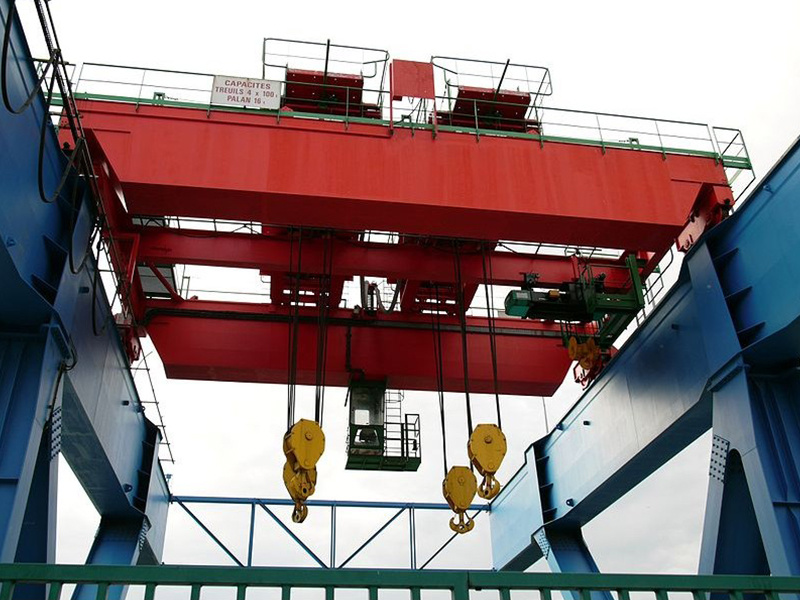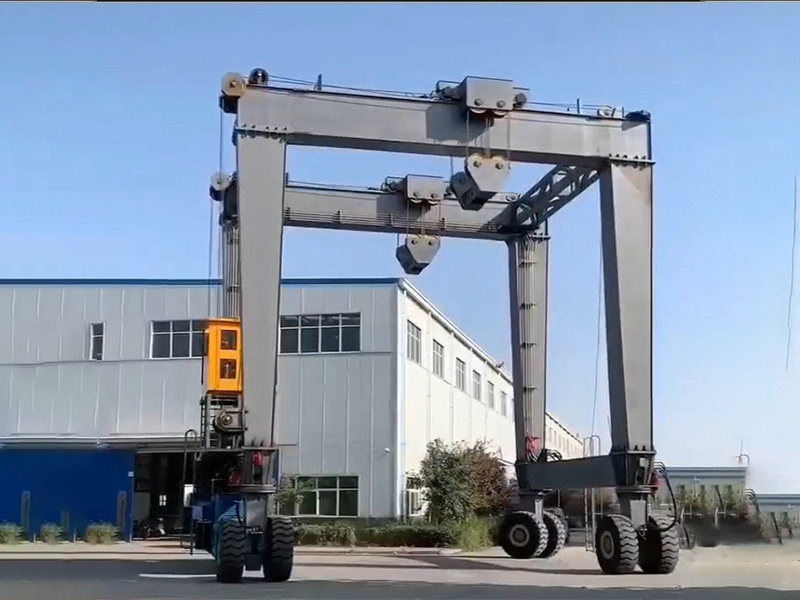Henan Aifite Intelligent Equipment Co., LTD.
Wheel Set for Rail-mounted Electric Flat Car
Classification:
Product Introduction
Wheel Set for Rail-mounted Electric Flat Car
The rail-mounted electric flat car is an essential component in modern industrial and logistics operations. These vehicles are designed to transport goods and materials efficiently within factories, warehouses, and distribution centers. One of the most critical components of an electric flat car is its wheel set. This article explores the significance, design, materials, and maintenance of wheel sets for rail-mounted electric flat cars.
**Importance of Wheel Sets**
Wheel sets are vital for the stability, safety, and efficiency of rail-mounted electric flat cars. They serve as the interface between the vehicle and the rail track, transferring the load and enabling smooth movement. A well-designed wheel set ensures that the flat car can operate at various speeds while maintaining stability and minimizing wear on both the wheels and the tracks.
The performance of the wheel set directly impacts the overall efficiency of the flat car. Properly functioning wheel sets reduce rolling resistance, which enhances the electric motor's efficiency and extends battery life. Additionally, wheel sets contribute to the flat car's ability to navigate curves and inclines, making them versatile for different operational environments.
**Design Considerations**
The design of a wheel set for a rail-mounted electric flat car involves several critical factors. The primary components of a wheel set include the wheels, axles, and bearings. Each component must be carefully engineered to ensure compatibility and performance.
Wheels are typically designed with a conical shape to facilitate smooth navigation on curved tracks. The diameter and width of the wheels are chosen based on the load capacity and intended operational speed of the flat car. Larger wheels can support heavier loads and offer better stability, while smaller wheels may provide greater maneuverability in tight spaces.
The axle serves as the central component connecting the two wheels. It must be strong enough to withstand the stresses of loading and movement while maintaining a lightweight design to enhance the flat car's overall efficiency. Axles are usually made from high-strength steel or other durable materials to ensure longevity and reliability.
Bearings play a crucial role in reducing friction between the wheels and the axle. High-quality bearings allow for smoother rotation, which is essential for efficient operation. They must be designed to handle the weight of the flat car and its load while providing minimal resistance to movement.
**Materials Used**
The materials used in the construction of wheel sets significantly influence their performance and durability. Steel is the most commonly used material for wheels and axles due to its strength, durability, and resistance to wear. Various grades of steel may be employed depending on the specific requirements of the flat car.
In addition to steel, composite materials are increasingly being used for wheel sets. These materials can offer weight savings and enhanced corrosion resistance, making them suitable for specific applications. For instance, aluminum alloys are sometimes used in lighter-duty electric flat cars, providing a balance between weight and strength.
Bearings are often made from high-performance materials such as ceramic or specialized steel alloys. These materials can withstand high temperatures and loads while providing excellent wear resistance, ensuring a longer service life.
**Maintenance and Inspection**
Regular maintenance and inspection of wheel sets are crucial for ensuring the safety and efficiency of rail-mounted electric flat cars. Operators should implement a comprehensive maintenance schedule that includes routine checks for wear and damage.
Visual inspections should be conducted to identify any signs of cracks, deformation, or excessive wear on the wheels and axles. Operators should also monitor the condition of the bearings, as worn or damaged bearings can lead to increased friction and heat generation, ultimately affecting performance.
Lubrication is another essential aspect of maintenance. Proper lubrication of bearings minimizes friction and wear, extending their service life. Operators should follow manufacturer guidelines regarding lubrication intervals and types of lubricants to use.
In addition to routine inspections, more in-depth assessments should be performed periodically. This may involve measuring wheel diameter, checking axle alignment, and assessing the overall condition of the wheel set. Any issues identified during these assessments should be addressed promptly to prevent further damage and ensure the safe operation of the electric flat car.
**Conclusion**
The wheel set is a critical component of rail-mounted electric flat cars, influencing their performance, safety, and efficiency. Through careful design, selection of appropriate materials, and regular maintenance, operators can ensure that their electric flat cars operate smoothly and reliably. As industries continue to evolve and demand for efficient material handling increases, the importance of high-quality wheel sets will only grow. Investing in the right wheel set design and maintenance practices will contribute significantly to the operational success of rail-mounted electric flat cars in various applications.
Keyword:
Feedback
Leave a message online and get the product quotation free of charge. We will arrange the specialist to contact you as soon as possible.







